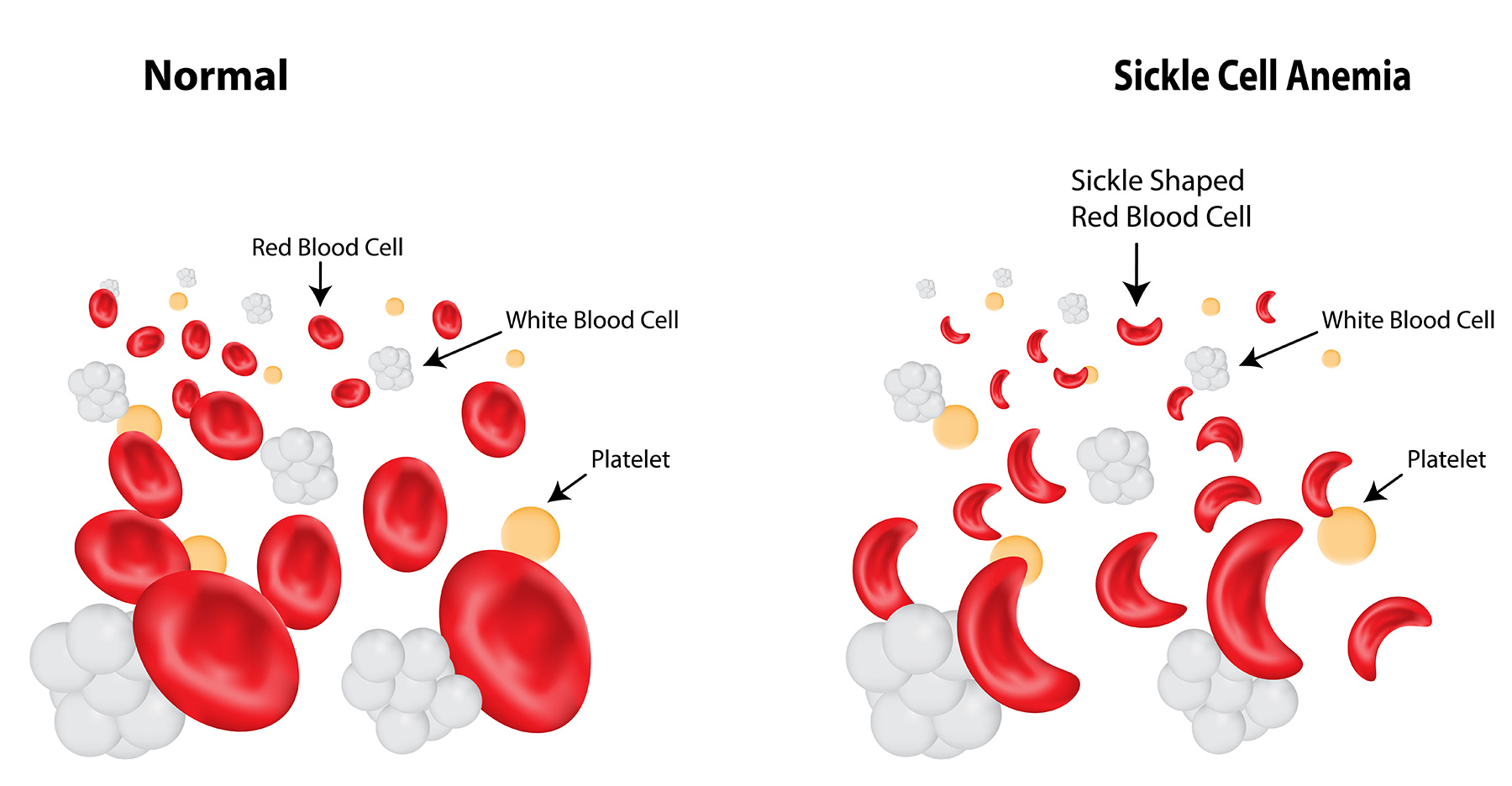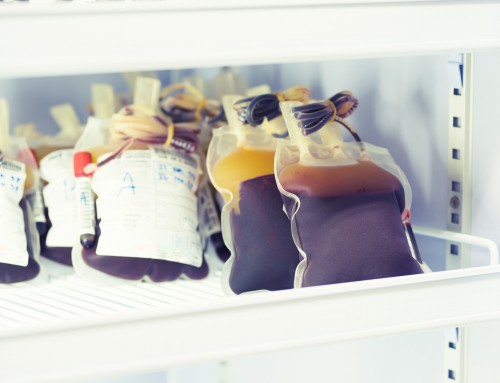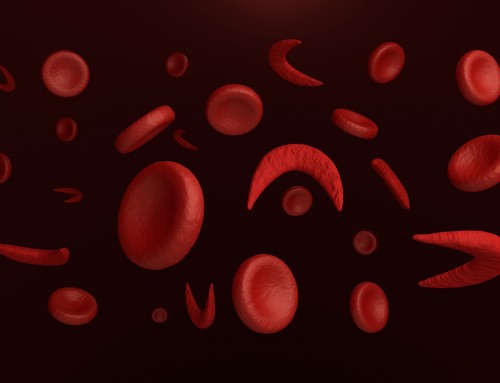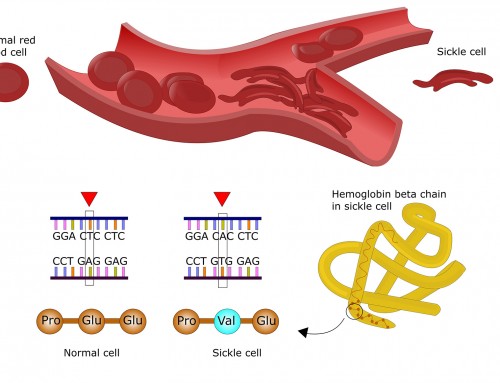What is Sickle Cell Disease?
Sickle cell disease (SCD) is a group of inherited blood disorders characterized by the presence of abnormal hemoglobin, leading to the distortion of red blood cells into a sickled shape. Common symptoms of SCD involve chest pain, infections, jaundice and anemia. The symptoms of this disorder can be aggravated under stress, dehydration, temperature change, low oxygen levels and increased acidity of blood.
Sickle cell disease develops when two abnormal copies of the hemoglobin gene are inherited. Abnormal hemoglobins include Hemoglobin C (HbC), Hemoglobin E (HbE) and Hemoglobin S (HbS), which are caused by distinct genetic mutations in the hemoglobin gene.
Types of sickle cell disease:
There are different types of sickle cell disease, and the severity of the disease depends on the number of HbS copies inherited:
Hemoglobin SS disease – The most common and severe kind of SCD is sickle cell anemia. Two copies of HbS are inherited.
Hemoglobin SC disease – One copy of HbS is inherited along with another abnormal hemoglobin, HbC.
Hemoglobin SE disease – One copy of HbS is inherited along with another abnormal hemoglobin, HbE.
Normal red blood cells:
Red blood cells with normal hemoglobin are soft and disc-shaped. Normal hemoglobin is called Hemoglobin A (HbA). The shape and flexibility of the red blood cells allow them to move through the blood vessels easily.
Abnormal red blood cells in individuals with sickle cell disease:
Red blood cells with abnormal hemoglobin are rigid and sticky. The hemoglobin that is responsible for causing sickle cell disease is called Hemoglobin S (HbS). HbS form stiff rods within red blood cells, which causes distortion of red blood cells into shape of a crescent or sickle. These abnormal red blood cells are less flexible and tend to clump together. They can stick to the walls of the blood vessels, causing blockage or slowing down blood and oxygen supply to the rest of the body, leading to the symptoms of sickle cell disease.
References:
Bender MA, Douthitt Seibel G (2003, updated 2014 Oct 23). Sickle Cell Disease. In: Pagon RA, Adam MP, Ardinger HH, et al., editors. GeneReviews® [Internet]. Seattle (WA): University of Washington, Seattle; 1993-2016.
About SCD & SCT. Sickle Cell Disease Association of America. Accessed March 2016.
Schnog JB, Duits AJ, Muskiet FAJ, ten Cate H, Rojer RA, Brandjes DPM (2004). Sickle cell disease; a general overview. The Netherlands Journal of Medicine. 62(10): 364-374.
DNA In the News2017-04-06T20:55:09+00:00





